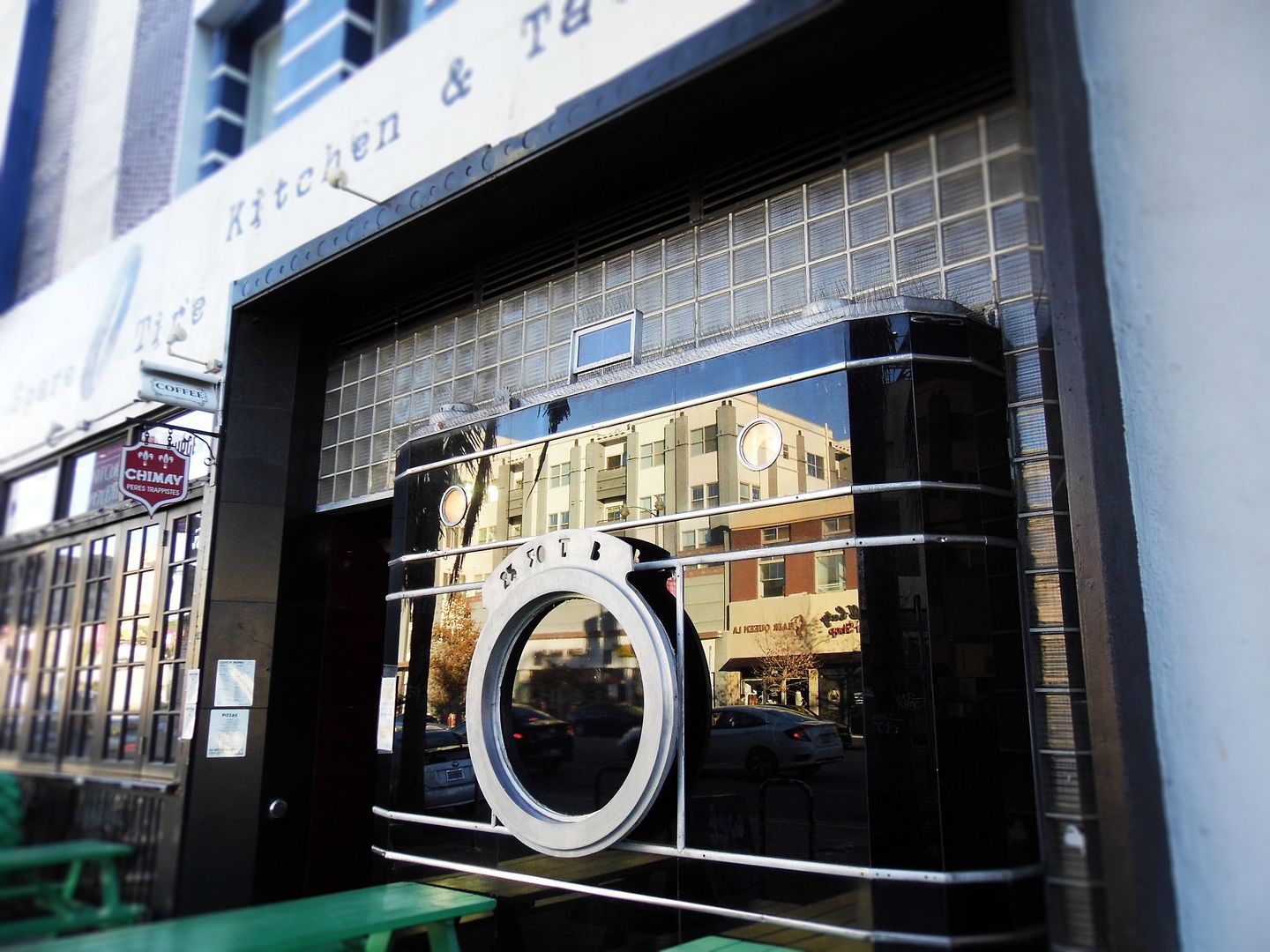Living in my Art Deco apartment has amplified my interest in Art Deco architecture and design, so when I had the opportunity to walk along LA's Miracle Mile with the Art Deco Society, I jumped at the chance.
Unfortunately, these days, when you celebrate the aesthetic of a bygone era, you also mourn its losses.
The Miracle Mile actually began as a showcase of Spanish Revival architecture, most of which has been subsequently destroyed or covered up, leaving only one building remaining.
Once upon a time, Art Deco eclipsed Spanish Revival along Wilshire Boulevard—a once undeveloped, dusty stretch of land near the tar pits that had been deemed unlivable.
Between airstrips, oil fields, and city zoning laws, it was a Miracle that this commercial district ever got built at all.
In the years since World War II, when Art Deco evolved from the ornate zig zag style to a more streamlined style, in a time when materials were scarce and expensive, and more functional architectural approaches like California Modern and International style took over...
Much of the original Art Deco splendor has been lost (or added onto).
Cornices have been removed. Lampposts (or, at least, their toppers) have been destroyed. Signs have been thrown away. Cafes have become MTA offices....
Department stores have been vacated.
Banks, hardware stores, restaurants, and five-and-dimes...
... have become hair stores and wig shops.
Garish paint jobs don't even last—the exterior of Wilshire Beauty had been changed to gray as of December 2019.
The Flying Saucer Cafe gave way to a Staples—with a misinterpretation of its coffee shop predecessor perched on its roof.
And you'd never know that this IHOP might be historic.

circa 2019
Some buildings are so unrecognizably changed, you'd never know what tile or carvings or color palettes of paint lie underneath their current facades....You might not even notice the details of what's standing right there.
Then again, you'd probably be driving past. And even though many of these historic masterpieces were built with the era of the automobile in mind (favoring grand entrances from the rear parking lot over modest pedestrian entrances in the front), it's only on foot that you can now examine and appreciate what's left on the Miracle Mile.

No comments:
Post a Comment